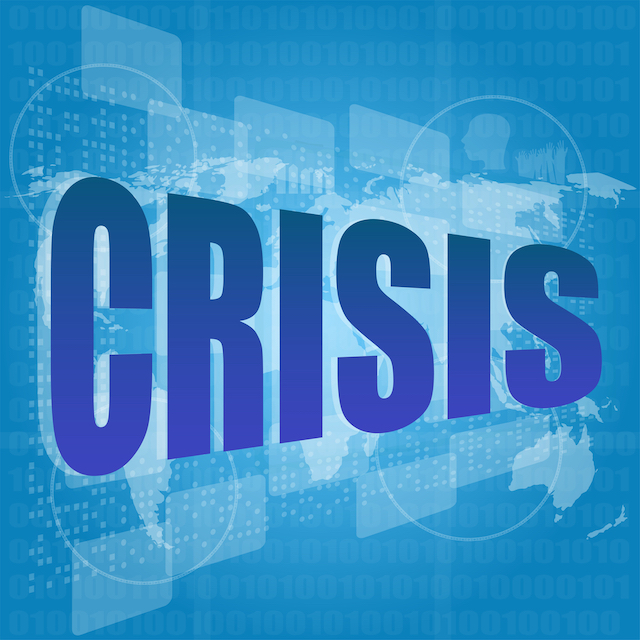On the Crisis-Comms Planning for the Atomic-Bomb Test

Documents attached to a news article this week are a fascinating reminder of the communications planning ahead of the United States’ atomic-bomb test in New Mexico in July 1945. The documents will be familiar to crisis communicators: They are essentially a scenario plan and holding statements.
The Aug. 9 New York Times article by William J. Broad profiles William A. Laurence, a star science reporter at the paper back in the day. The story’s focus is that Laurence was paid by both the Times and government agencies he covered, generally a journalistic no-no. One of those “agencies” was the Manhattan Project, which oversaw the nuclear-weapons program.
The military’s fear was that the test explosion — and news about it — would alert the enemy of the existence of such bombs. The linked documents, though not newly released, discuss how to handle the media, for which Laurence was hired as a writer.
Scenario Planning
A “scenario planning” memo dated May 14, 1945, lays out three possibilities: 1) “An unobserved explosion not drawing the attention of the public or the press and therefore requiring no release”; 2) “An explosion, locally noticed and creating more than normal discussion in a limited area”; and 3) “An explosion of such force that inquiries are received from distant cities such as Albuquerque or El Paso.”
The draft of the press release for the second scenario notes, “Several inquiries have been received concerning a heavy explosion which occurred on the Almogordo (sic) Air Base Reservation this morning. A remotely located ammunition magazine containing a considerable amount of high explosive exploded.” This was essentially the release issued (with Alamogordo spelled correctly).
One draft of the statement for the third scenario (there were several drafts; Laurence apparently wrote all the press releases) cited “experimentation with high power explosives that has been progressing for some weeks.” A memo details that the press release may have to be altered if “a certain village” needs to be evacuated and that it may be necessary to add information about anyone killed (possibly without disclosing names).
‘Minimize Publicity’
The memo says that “the sole purpose of having the statement ready is not to create publicity but to minimize publicity if it becomes necessary.”
Interestingly, a version of the third-scenario draft is included with each word numbered so, according to the memo, “changes may be made by number rather than by word in telephone conversations among any or all of the officers concerned.” A practice today’s crisis communicators should take up?
One aspect of this event crisis communicators should not take up, obviously, is that all the drafts lied about what actually happened. Given the context, that was understandable.
Image Credit: The New York Times
Sign up for our free weekly newsletter on crisis communications. Each week we highlight a crisis story in the news or a survey or study with an eye toward the type of best practices and strategies you can put to work each day. Click here to subscribe.




 Back to Blog
Back to Blog